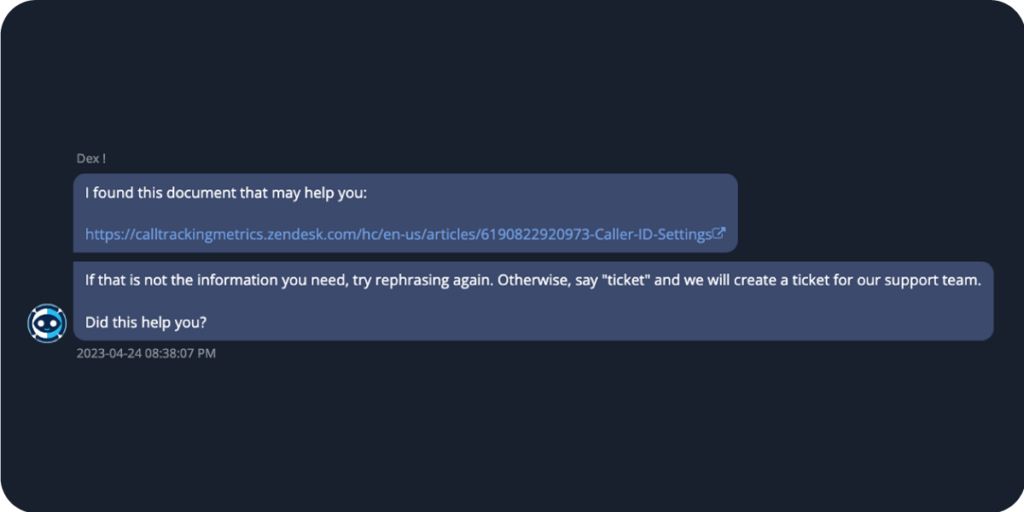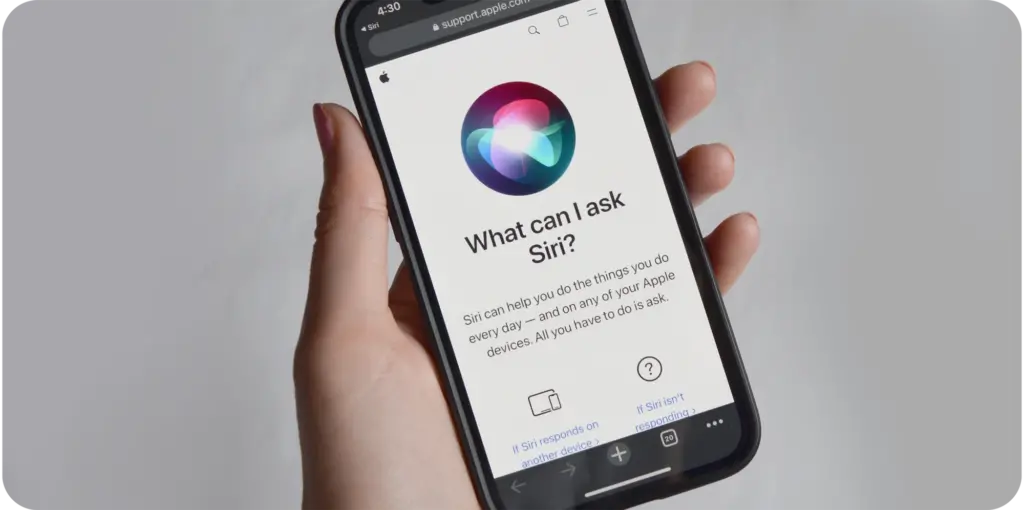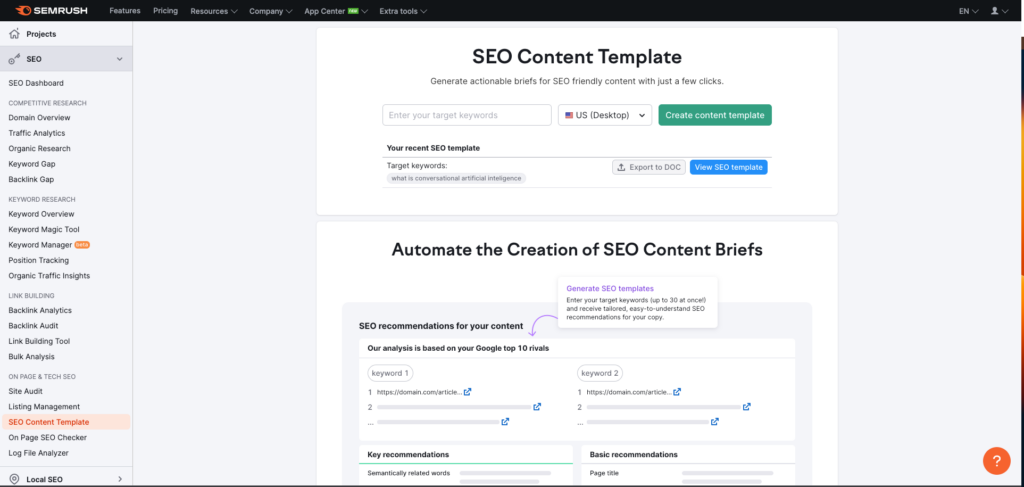6 Examples of Conversational AI Tools
Read Time: 4 minutes
It’s nearly impossible not to hear or read something about artificial intelligence (AI) these days. With good reason too, examples of conversational AI are everywhere. AI automates mundane, tedious tasks and gives employees more time to focus on higher-level tasks. This helps organizations save time, money, and resources.
But that’s not all AI can do.
Conversational AI helps entire organizations understand their customers better and be able to do so faster than ever before. Conversational AI uses machine learning, natural language processing, and natural language generation to understand and engage in conversations–as well as extract important information from conversations.
Conversational AI and its capabilities are enormous and growing every day. As AI evolves, so do the tools powered by conversational AI. It’s sometimes hard to keep track of which tool does what and what the most effective and up-to-date ones are. Here are six examples of conversational AI and closely related tools.
1. Chatbots

Most everyone has interacted with a chatbot (or seen one on a website) by now. These are the helpful little boxes that pop up when you’re on a website and ask if they can help you. These chatbots are able to execute different tasks and meet different needs based on what type they are.
The most basic type of chatbot is based on rulesets and scripts which can be somewhat limiting. These chatbots respond based on user input to provide basic information and helping to complete transactions.
Conversational AI chatbots are able to do more complex tasks and engage in higher-level conversations. This type of chatbot is also referred to as a virtual agent.
2. Virtual Agents

These more advanced “chatbots” provide more humanized and personalized service. In addition to being able to generate natural-sounding language, they are also able to execute complex tasks like scheduling appointments and sending relevant follow-up information. Intelligent virtual agents help support customer services teams and provide customers with an exceptional experience.
3. Virtual Assistants (Siri)

Voice-activated assistants like Apple’s Siri, Google’s Assistant, and Amazon’s Alexa came around in 2010 with Apple’s release of Siri. These assistants can answer questions and set reminders like when it’s time for the chicken to come out of the oven.
While intelligent virtual agents and chatbots are often used by companies, this type of assistant is an example of user-focused conversational AI.
4. AskAI powered by ChatGPT

ChatGPT took off fast and furious, soaring to more than a billion users in March 2023. Conversational AI powered by GPT is doing much the same. Tools using conversational AI and ChatGPT are evolving quickly and transforming the way organizations and employees work. At CallTrackingMetrics our teams have been using ChatGPT too. In fact, our premier tool, AskAI is powered by ChatGPT and is making big waves amongst our customers–and our own employees!
AskAI is a great example of conversational AI in action. It can give you answers to questions about conversations and interactions with customers and prospects. From inquiries like “What was the purchase intent of the call?” and “Was that a good lead?” to “Summarize the conversation in two sentences’” and “What was the sentiment of the call?”, AskAI can answer questions you construct and customize.
This lets you determine patterns in conversations, trigger alerts based on words spoken for immediate follow-up actions, and get deep insight into your customer instantly. AskAI even lets you automatically send a text message to a customer upon evaluation of an incoming text. In addition, AskAI takes into account the person’s interaction history and uses this information to further personalize the interaction so it’s a meaningful conversation with a successful outcome.
5. Voice-activated Bots

Another example of conversational AI that most people have at least some experience with is voice-activated bots. Healthcare practices and financial institutions commonly use some form of a voice-activated bot on their phone system. Used in conjunction with an IVR menu, these bots ask the caller basic questions and they respond back and direct calls accordingly.
6. Content Generation

Conversational AI isn’t just limited to interacting with customers and prospects and sorting through piles of data. Conversational AI can also support daily tasks like content writing. Content creation tools powered by conversational AI help writers create optimized content their readers will find valuable.
Content generation tools use keywords provided to sift through the best-performing blogs and content on that topic. Based on that information, outlines, keywords, headings and subheadings, and more can be created. This saves writers time and helps organizations that may not have the budget for a full-time content writer.
There are a lot of examples of conversational AI and what it can do to support organizations to do more with less and stretch their budgets. While the initial investment is something to consider, the payoff is well worth it.
Are you ready to see how conversational AI can work for you? Watch our short video about how we’re wowing our customers with the power of AskAI.